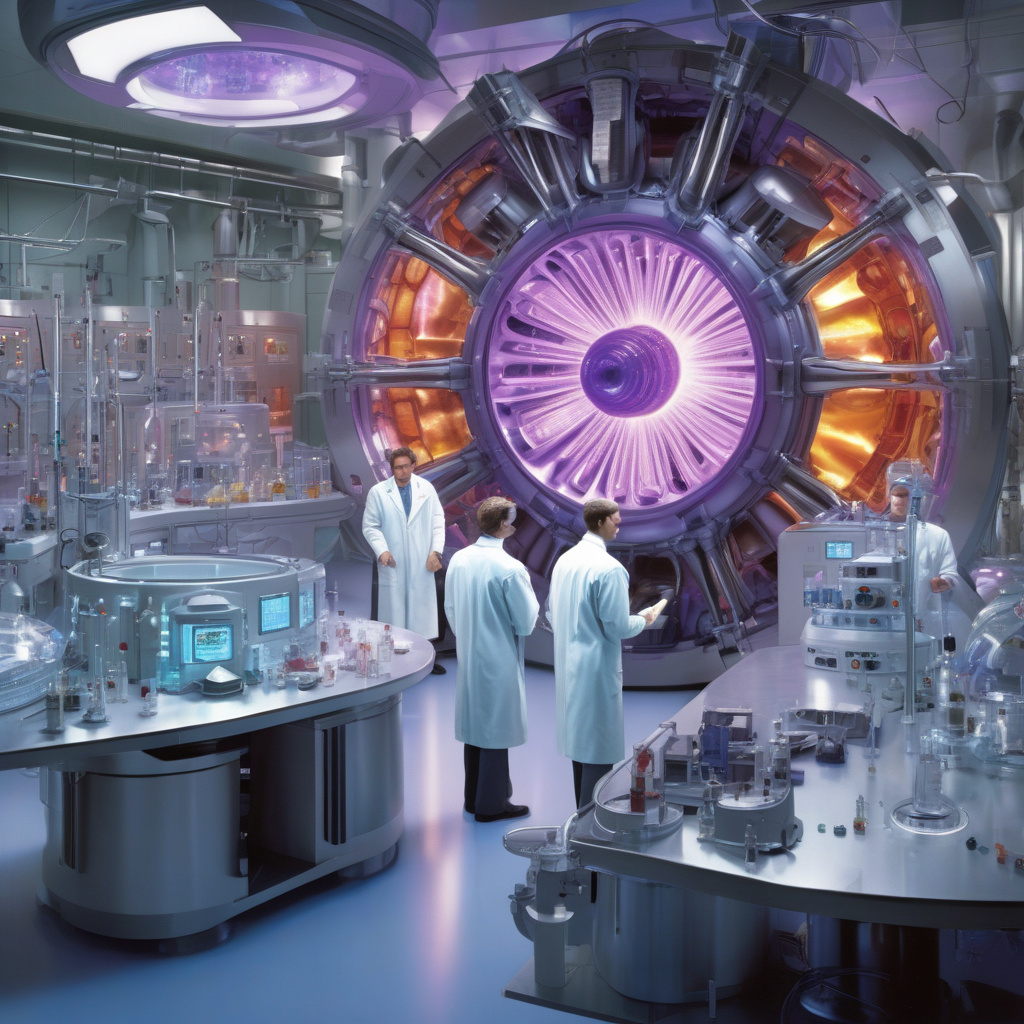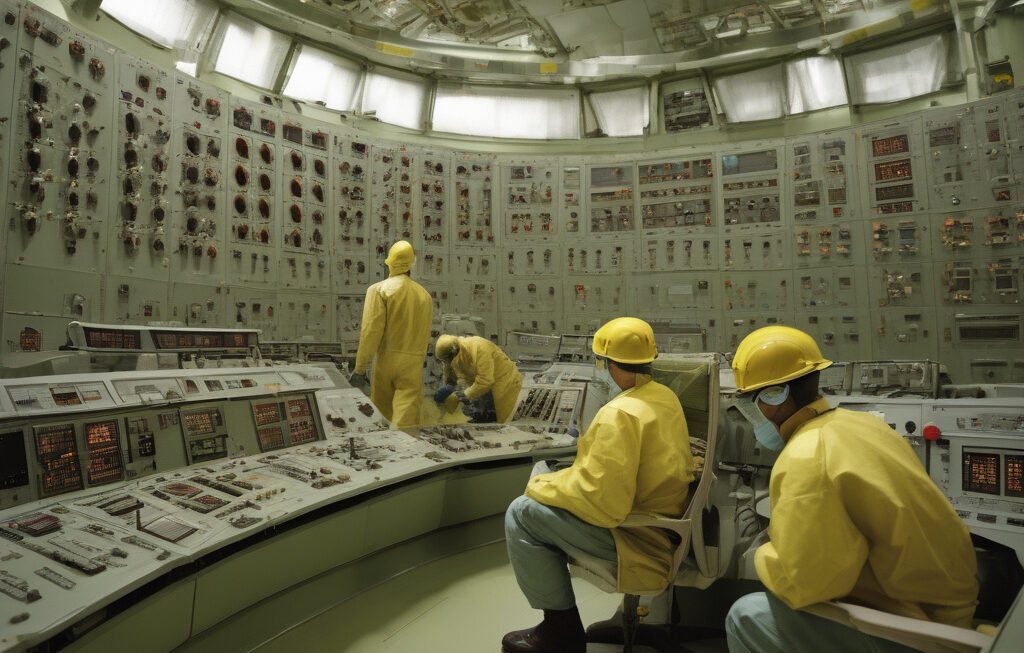US Plasma Effect Breakthrough Could Boost Nuclear Fusion Reactor Efficiency, Lifespan
Scientists at the US’ Lawrence Livermore National Laboratory (LLNL) have unveiled a new phenomenon, “backflow stabilization,” that could revolutionize the field of nuclear fusion. This breakthrough has the potential to significantly increase the efficiency and lifespan of nuclear fusion reactors, bringing us closer to achieving sustainable and abundant clean energy.
Nuclear fusion, the process that powers the sun and stars, has long been hailed as the holy grail of clean energy production. Unlike nuclear fission, which is currently used in nuclear power plants and produces harmful radioactive waste, nuclear fusion offers a virtually limitless supply of energy with no greenhouse gas emissions or long-lived radioactive waste.
However, harnessing the power of nuclear fusion on Earth has proven to be a monumental challenge. One of the key obstacles has been the stability of the plasma, a hot ionized gas that fuels the fusion reaction. Controlling and confining the plasma at temperatures exceeding 100 million degrees Celsius is no easy feat.
Enter LLNL’s groundbreaking discovery of backflow stabilization. This novel phenomenon involves controlling the flow of plasma particles to prevent instabilities that can lead to disruptions in the fusion process. By effectively managing these instabilities, researchers believe they can enhance the performance of fusion reactors and prolong their operational lifespan.
The implications of this breakthrough are far-reaching. A more stable plasma means less wear and tear on the reactor components, reducing maintenance costs and downtime. Improved efficiency translates to higher energy output for the same input, making nuclear fusion a more economically viable energy source.
Moreover, the extended lifespan of fusion reactors means that investments in these facilities can yield returns over a longer period, incentivizing further research and development in the field. This positive feedback loop could accelerate progress towards commercializing nuclear fusion as a mainstream energy source.
While the road to practical fusion energy remains challenging, LLNL’s discovery represents a significant step forward. The US lab has a strong track record in fusion research, and this latest breakthrough underscores the importance of sustained investment in scientific exploration and innovation.
Looking ahead, the focus will be on refining the techniques associated with backflow stabilization and integrating them into existing fusion reactor designs. Collaborations with other research institutions and industry partners will be crucial to scale up this technology and bring it to market.
As we stand on the cusp of a clean energy revolution, advancements like the backflow stabilization technique offer hope for a future powered by safe, sustainable, and abundant fusion energy. The journey may be long and arduous, but with perseverance and ingenuity, we can unlock the full potential of nuclear fusion and usher in a new era of energy production.
#PlasmaEffect, #NuclearFusion, #CleanEnergy, #LLNL, #EnergyInnovation.











